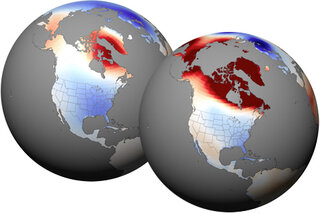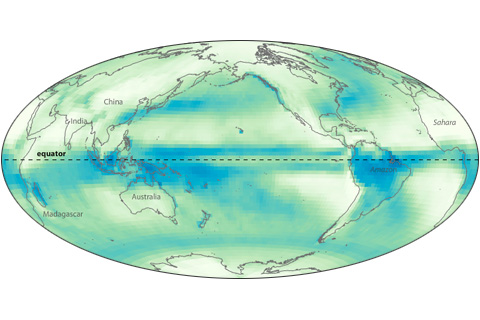
Near the Earth’s equator, solar heating is intense year round. Converging trade winds and abundant water vapor all combine to produce a persistent belt of daily showers known as the Intertropical Convergence Zone.
As far back as August 2010, NOAA's seasonal climate models predicted that rainfall would be heavier than normal across Indonesia and Southeast Asia in early 2011. The cause? La Niña.
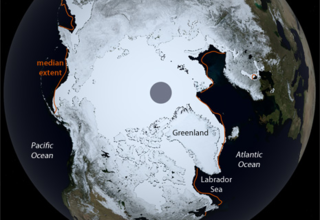
March 2011 Ice Extent Second Lowest on Record
April 14, 2011
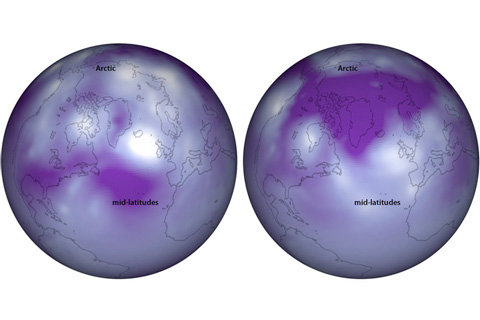
Large-scale shifting of the weight of the atmosphere between mid- and high latitudes creates climate patterns known as the Arctic and North Atlantic Oscillations. These patterns have a big influence on winter weather in the Eastern U.S.
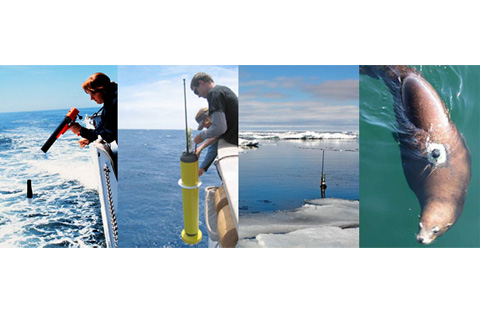
More than 90 percent of the warming that has happened on Earth over the past 50 years has occurred in the ocean. Not all of that heating is detectable yet at the surface
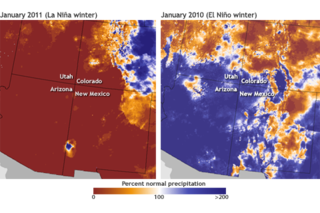
Influence of El Niño and La Niña on Southwest Rainfall
February 11, 2011
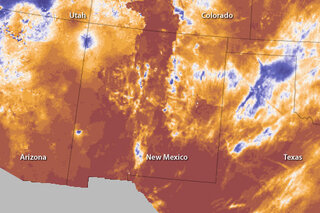
Dry Winter in the Southwest
February 10, 2011
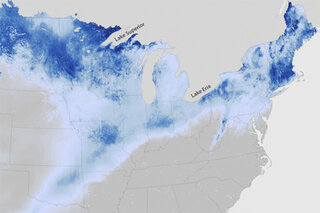
Another Wintry Winter for the Eastern U.S.
February 8, 2011

Predicting El Niño and La Niña Events
January 26, 2011
